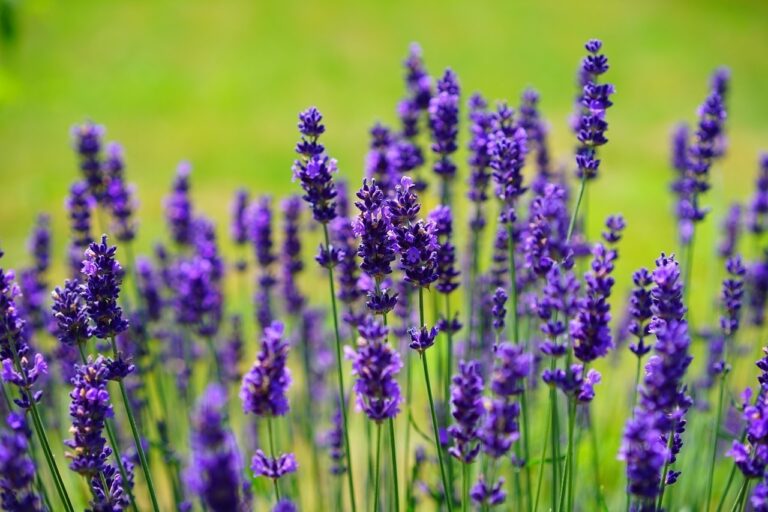Lavender (scientific name: Lavandula angustifolia) is a species of plant with woody stems, which has a height of 50 to 80 centimeters. It is known for its flowers violet color, grouped in the form of spikes, and its pleasant smell. But beyond its aromatic use, this shrub has valuable medicinal properties.
Digestive
Lavender has antispasmodic properties, i.e. it is able to reduce gastric and intestinal contractions. It also prevents and favors the expulsion of gases, calms nausea and vomiting, which makes it an ally to regulate the digestive system. It is effective in relieving irritable bowel syndrome and indigestion. In fact, it is said that during World War I it was used to inhibit the growth of bacteria in the stomach.
Anti-inflammatory
The anti-inflammatory properties are perhaps the best known. Lavender is widely used to soothe muscle pain, as well as the treatment of wounds and burns.
Athletes often use it a lot to take care of their tired legs. It is even used in the treatment of diseases such as arthritis. Its consumption is useful to treat headaches, muscular pains, torticollis, lumbago, foot pains, among others.
Sedatives
The aforementioned violet flowering plant is very useful in the treatment of sleep disorders and anxiety. Being sedative, it helps to reconcile and improve the quality of sleep. It also helps to combat and reduce stress levels. Many people consume it through infusions, essential oils or creams.
A curious fact. Japanese researchers claim that smelling a lavender flower for 5 minutes a day would have a beneficial effect on stress. This action would help to decrease cortisol.
Other properties
It is worth noting that lavender is an excellent healing agent. It also soothes menstrual cramps and fights cold symptoms. In addition, its antiseptic and astringent properties help relieve itching and eczema.



